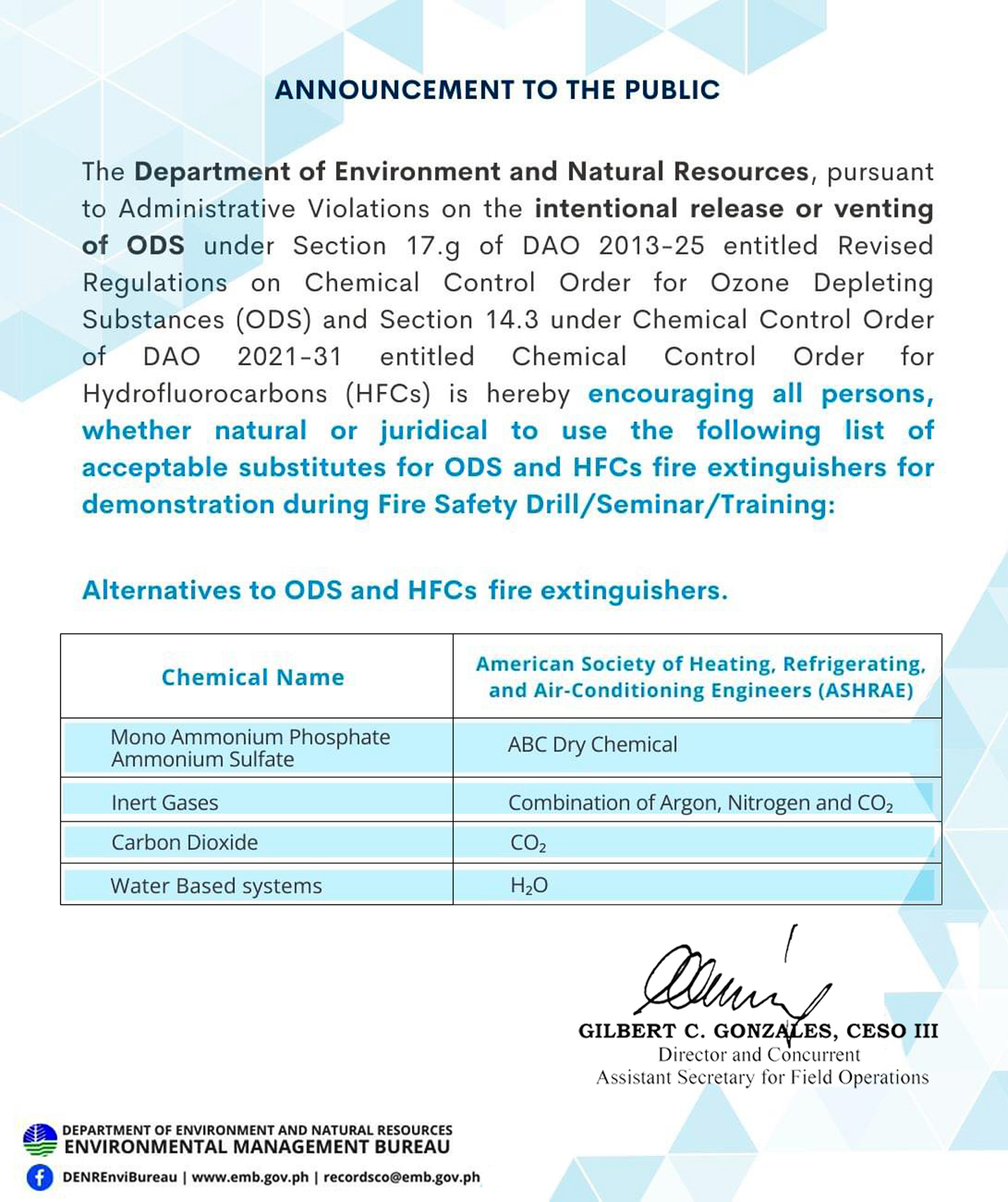Why has an ozone hole appeared over the Antarctic when ozone depleting gases are released mainly in the Northern Hemisphere?
The Earth’s atmosphere is continuously stirred over the globe by winds, that is why ozone depleting gases are present throughout the stratosphere, including Antarctic, regardless of where they are released.
South Pole is part of a very large land mass (Antarctic) completely surrounded by ocean. This symmetry affects the meteorological conditions that allow the formation of a very cold region in the stratosphere over the Antarctic during winter. The very low stratospheric temperature in Antarctica lead to the formation of polar stratospheric clouds responsible for chemical changes that promote production of chemically active chlorine and bromide. When there is sunlight in Antarctica during September and October of each year, the activation of chlorine and bromide leads to rapid ozone loss.
When is the ozone layer expected to recover?
The ozone layer is expected to recover by the middle of the 21st century, assuming global compliance with the Montreal Protocol. ODS will decrease in the coming years under the provisions of the Protocol. But volcanic eruptions in the future could delay ozone layer recovery and climate change may accelerate or delay ozone layer recovery.
Do changes in the Sun and volcanic eruptions affect the ozone layer?
Yes, factors such as change in solar radiation and the formation of stratospheric particles after volcanic eruptions affect the ozone layer. But neither factor can explain the average decreases observed in global total ozone over the last two decades.
How is ozone depletion related to global warming?
When the sun’s energy hearts the surface, the earth radiates energy back into space. Atmospheric greenhouse gases like water vapor, carbon dioxide, and other gases trap some of the outgoing energy, retaining heat in the earth. This phenomenon is called the greenhouse effect. Global warming is the increase in the earth’s temperature caused by excessive greenhouse gases.
Global warming cause changes in climate which may lead to changes in rainfall patterns, a rise in sea level and a wide range of impacts on plants, wildlife, and humans.
Ozone depletion, on the other hand, allows the entry of the sun’s UV-B to reach the earth’s surface. Ozone depletion is not the principal cause of global warming. The heat generated from ozone depleting and global warming are different.
Halons, CFCs, and HCFCs are examples of Ozone Depleting Substances (ODS) which are also greenhouse gases at the same time. Thus, Halons, CFCs and HCFCs cause ozone depletion and global warming.
Other greenhouse gases include: water vapor, carbon dioxide (CO2), nitrous oxide (N2O), methane (CH4), troposphere ozone (O3), per-fluorinated carbons (PFCs) and hydrofluorocarbons (HFCs).



